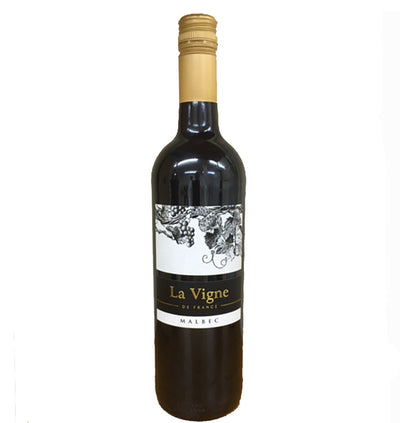
The Beaujolais – A forgotten gem?

When we first started Gerrard Seel Ltd. some 34 years ago, the wines of the Beaujolais were the height of fashion.
The hype all started with the race to get the first bottle of Beaujolais Nouveau onto restaurant tables on the first Thursday of November. This was something very affordable and although not necessarily the greatest wine on earth, it was such a lot of fun that everybody joined in. Even with our company in its infancy we still managed to sell over 7000 bottles on the day.
Then the French decided to ruin the game, firstly with lorry drivers going on strike so supplies could no longer be guaranteed to get to the table on time, thus ruining many “Beaujolais Breakfasts”.
There was then a steady increase in price that changed the perspective of the wine from being fun and inexpensive to dear and not worth the money. And finally, a change in shipping legislation meant that stocks could be imported in advance to guarantee availability but this rather took the fun out of the race and enthusiasm waned rapidly.
As the Nouveau race waned, so did the popularity of the much more interesting Cru Beaujolais wines. Wines from the southern hemisphere started to appear, all sold by grape variety but nobody had planted the Gamay grape down under and thus the Beaujolais became something of a backwater.
Even if we Brits didn’t continue to buy to the same extent, other emerging wine drinking countries did and sales remained strong for the growers. After all, these are wines that can be drunk with relish or sipped and savoured depending on the origins and production.
We still love them and we hope with a little information and a good following wind, we can tempt you to try them and discover for yourselves just what wonderful wines they can be.
So where is the Beaujolais?
Well, it’s on the eastern side of France, just over halfway down and it starts just south of the town of Macon and ends just north of Lyon, going south of course. The rolling hills of the Maconnais give way to slightly more precipitous ones where small windy roads snake between them.
The landscape is gorgeous at any time of year. Full of blossom in spring, houses bedecked with flowers in summer, a myriad of shades of red and gold in autumn and vineyards and forests covered with snow in the depths of winter.
For anyone driving to the South of France in the summer or going skiing in the winter, the Beaujolais is well worth a detour for a few nights to savour the hearty food and drink some of the most delicious wines.
The vinous capital of the region is Villefranche-sur-Saone which also acts as the dividing line between the lower and upper Beaujolais. The soils vary quite substantially between the two regions with the upper half being based on Schist, Manganese and Granite while the lower portion is principally Sandstone and Clay.
The Gamay vine (the only permitted variety here for red wine) fares much better in the northern part where the Beaujolais Villages and the ten great crus are produced. The southern part makes lighter wines with the simple title Beaujolais and many of which are still sold as Beaujolais Nouveau.
So what about the wines?
Well to be blunt, the wines of the southern Beaujolais have never been that appealing to us and are probably the reason why Beaujolais, in general, has not been in vogue these last ten years.
However the wines from the Beaujolais Villages and the cru wines (Brouilly, Regnie, Chiroubles, Cote de Brouilly, Fleurie, St Amour, Chenas, Julienas, Morgon and Moulin a Vent – the latter being the only cru not named after a village) can be quite superb and certainly warrant any serious wine drinker’s attention.
Beaujolais Villages can be either a wine from just one commune which is not listed as a cru, or a blend of several different communes. It is usually designed for fairly young drinking and in the summertime, it can even be served cool.
The individual crus can be subdivided into three groups going from lighter to bolder and fuller. Brouilly, Regnie and Chiroubles tend to be the lighter style but don’t dismiss them. Chiroubles has some vineyards at a higher altitude than the others and thus the fruit gives a great freshness to the wine and it often has the tell-tale whiff of violets on the nose.
The next three are slightly more powerful, Cote de Brouilly, Fleurie (probably the best known but beware, care is not always taken here) and St Amour, the wine for lovers. The final group of Chenas (the smallest cru so less well known) Julienas (named after Julius Cesar), Morgon and finally Moulin a Vent (named after a disused windmill in Romaneche Thorins, now a tasting cellar) produce well flavoured wines capable of ageing and often mistaken in maturity for the wines of the Cote d’Or.
These wines are the true gems of the Beaujolais, they are wonderful with the local food and certainly worthy of your time if you fancy something you haven't tried before.








